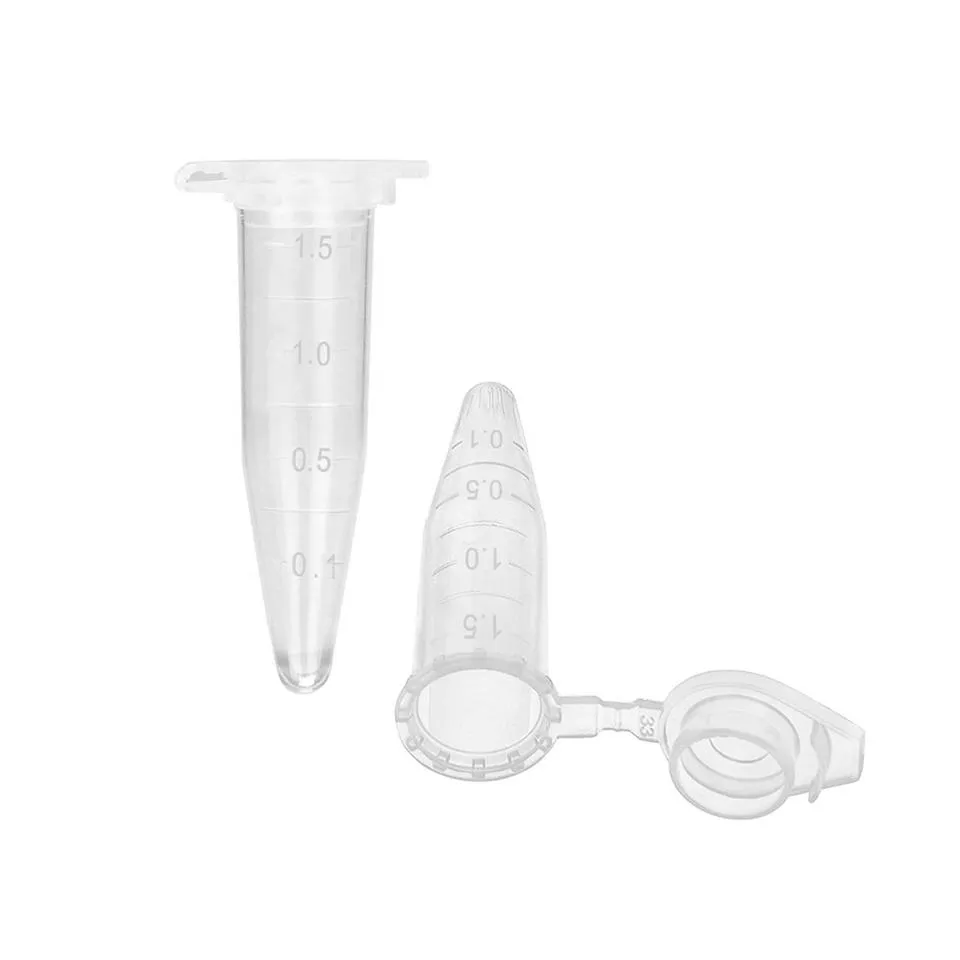orange juice plastic bottle
The Evolution and Impact of Orange Juice Plastic Bottles
In the modern world, few beverages rival the popularity of orange juice. Whether consumed at breakfast tables, served in restaurants, or enjoyed as a refreshing drink on a hot summer day, orange juice has firmly established itself in various cultures around the globe. Central to this ubiquitous presence is the humble plastic bottle, which has significantly influenced not only the way we consume beverages but also the environmental and economic aspects of the food and drink industry.
The Convenience of Plastic Bottles
The advent of plastic bottles in the late 20th century revolutionized the packaging industry. Prior to their introduction, orange juice was mainly sold in glass containers, which, despite being recyclable, posed challenges in terms of weight, fragility, and transportation. The shift to plastic, particularly polyethylene terephthalate (PET), offered a durable, lightweight, and economical alternative. These bottles not only reduced shipping costs but also enhanced convenience for consumers. A plastic bottle of orange juice is easy to handle, easy to store, and less likely to break, making it an ideal choice, especially in fast-paced environments like cafes and convenience stores.
Shelf Life and Preservation
One of the most critical advantages of using plastic bottles for orange juice is the improvement in shelf life. Advanced packaging technologies have allowed manufacturers to create airtight seals that minimize the presence of oxygen, thus slowing down the oxidation process that leads to spoilage. High-Pressure Processing (HPP) technology allows producers to pasteurize juice without heat, preserving the flavor, nutrients, and freshness. Consequently, orange juice in plastic bottles can remain fresh longer, allowing consumers to buy in bulk and reducing the frequency of shopping trips, which is particularly beneficial for busy families.
Economic Implications
The plastic bottle has not just changed consumer habits; it has also transformed the economics of the orange juice industry. The efficiency in production and transportation has enabled manufacturers to scale their operations significantly. Brands can now offer various sizes, from single-serving bottles to large family packs, catering to diverse consumer needs. This flexibility encourages competition and drives down prices, benefiting consumers while promoting a thriving market for producers.
orange juice plastic bottle

Environmental Concerns
However, the rise of plastic packaging has not come without its challenges. Environmental concerns regarding plastic waste have surged in recent years. Plastic bottles, when improperly disposed of, contribute to pollution and waste accumulation in landfills and oceans. The visual impact of plastic waste can be alarming, as marine life often encounters these materials, leading to detrimental effects on ecosystems.
In response to these environmental issues, many companies within the orange juice industry are taking steps to mitigate their ecological footprint. Initiatives such as using recycled materials in production, creating biodegradable options, or investing in bottle return and recycling programs are becoming increasingly common. Many brands are now explicitly labeling their bottles as recyclable, encouraging consumers to participate in responsible disposal practices.
The Future of Orange Juice Packaging
Looking ahead, the future of orange juice plastic bottles may lie in innovative technologies and sustainable practices. The rise of plant-based plastics and biodegradable materials presents an exciting opportunity to reduce reliance on fossil fuel-based products. Brands that adopt sustainable packaging solutions not only participate in the global movement toward environmental responsibility but also position themselves favorably in the eyes of increasingly eco-conscious consumers.
Additionally, the introduction of smart packaging technology could further enhance the consumer experience. Smart labels that provide freshness indicators or QR codes leading to information about sourcing and sustainability efforts may help consumers make informed choices and strengthen their connection to the products they choose.
Conclusion
The plastic bottle has undoubtedly played a pivotal role in the rise of orange juice as a staple in diets worldwide. Its convenience, efficiency, and adaptability have shaped consumer habits and industry dynamics. However, the challenges posed by environmental impacts are significant and require urgent attention. As we look to the future, the industry must pursue sustainable innovations that balance convenience with ecological responsibility, ensuring that orange juice remains a beloved beverage without compromising the health of our planet.
-
Aesthetic Makeup Spray Bottles | Fine Mist Empty RefillableNewsAug.19,2025
-
White Plastic Veterinary Vaccine Vials | Lab Liquid BottlesNewsAug.18,2025
-
Plastic Medicine Liquid Bottle: Secure Flip Top Drug VialsNewsAug.17,2025
-
Durable 250ml Blue Plastic Vaccine Vial for Lab & Vet UseNewsAug.16,2025
-
Sterile Virus Sample Tubes: Secure & Reliable Specimen CollectionNewsAug.15,2025
-
White 250ml Plastic Vaccine Vial for Lab & Vet MedicineNewsAug.14,2025
























